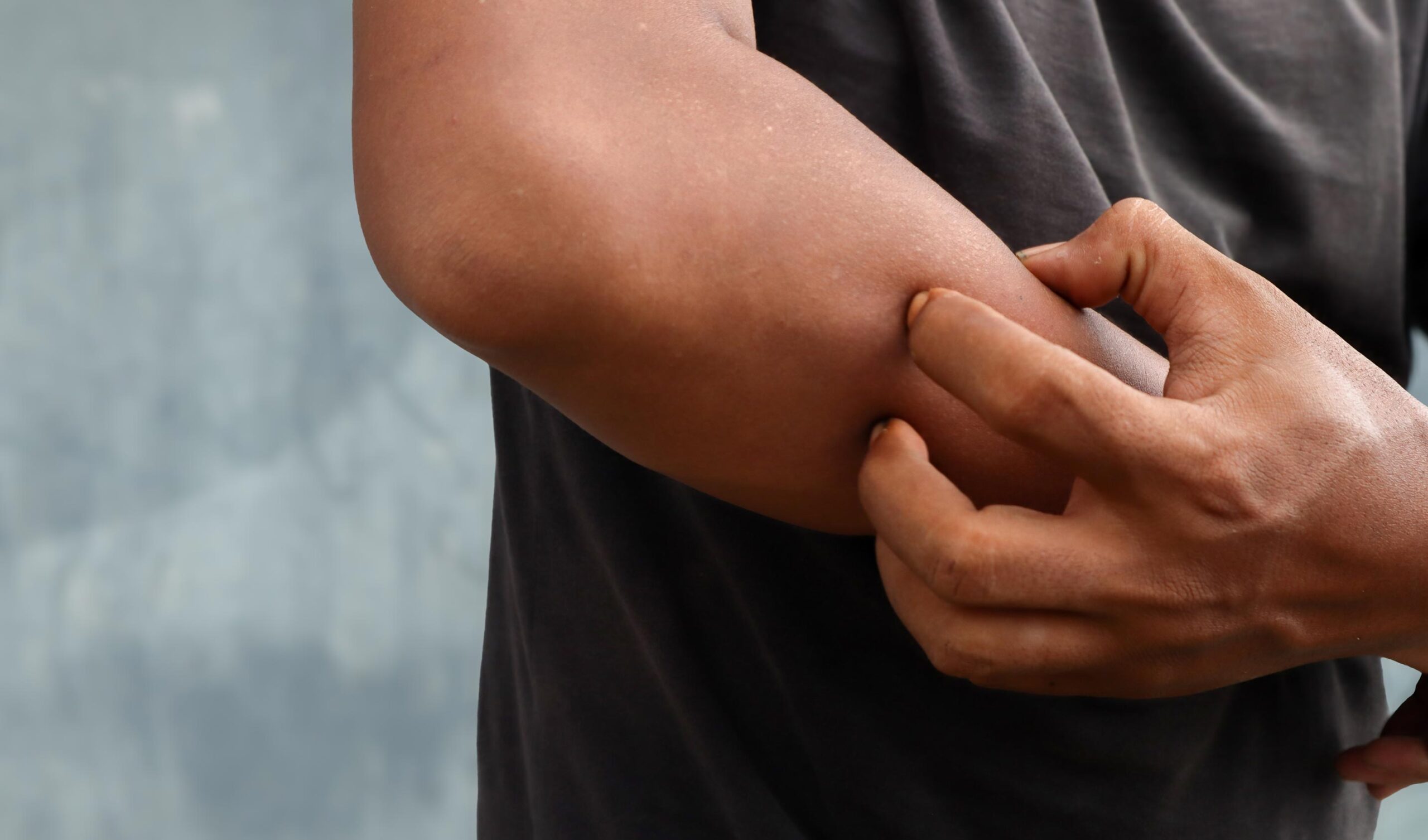What causes exercise-induced urticaria?
Exercise-induced urticaria is an allergic skin reaction brought on by exercise. It generally produces hives and other allergic symptoms. The hives, or welts, are large, raised bumps on the skin. They can occur on any part of the body. They often are redder around the edge than in the middle. Hives also can look like red spots, blotches, or blisters.
Symptoms of exercise-induced urticaria
Symptoms may occur during or after exercise. Common ones include:
- Hives
- Itching of the skin
- Flushing (redness) of the skin
- Trouble breathing or a choking feeling
- Stomach cramps
- Headache
- Swelling of the face, tongue, or hands
What causes exercise-induced urticaria?
Physical activity can cause some people to have allergic reactions. The exact cause of this condition is unknown.
How is exercise-induced urticaria diagnosed?
If you notice hives and other symptoms, stop exercising right away. Contact your doctor if the hives do not go away 5 to 10 minutes after exercise. The doctor will look at your symptoms and review your health history. They may order a skin-prick test to check for allergies. Or they may do exercise tests to see if the reaction occurs again.
Can exercise-induced urticaria be prevented or avoided?
You cannot avoid exercise-induced urticaria. However, you can help prevent flare-ups. Avoid food, products, or types of exercise that trigger hives and other symptoms. Work with your doctor to identify these.
Exercise-induced urticaria treatment
Medicines, such as antihistamines, can prevent and treat some symptoms. In severe cases, symptoms may be life threatening, but this is rare. If you’ve ever had severe symptoms, your doctor may prescribe a medicine called epinephrine. This is more commonly known as an EpiPen. You inject this medicine as soon as symptoms start. It stops the symptoms before they become life threatening.
Living with exercise-induced urticaria
People who have severe cases may need to avoid exercise all together. Other people may be able to exercise if they avoid triggers. These can include certain types of exercise or foods. Keep track of what you eat before you exercise. If you notice a pattern to your symptoms, stop eating that food. If hives and symptoms also stop, tell your doctor. They probably will tell you to avoid the food. The doctor may tell you not to exercise for 4 to 6 hours after you eat.
Most symptoms can be controlled with medicine(s) prescribed by your doctor. Take these according to your doctor’s orders. Pay close attention to your body and reactions. Slow down or stop exercising as soon as symptoms start. Exercise with a partner who knows about your condition. If you have a history of severe symptoms, carry your EpiPen with you in case of emergency.
Questions to ask your doctor
- What is the cause of my hives?
- Are my symptoms mild or severe?
- Could my hives turn into something worse?
- What is the best way to get rid of hives once I have them?
- Are there medicines I can take to prevent and treat my symptoms?
- How long do I have to take the medicines and what are the side effects?
- Should I have an EpiPen in case I have a life-threatening reaction?
- Are there certain things that trigger my condition?
- Will I ever be able to exercise again?




